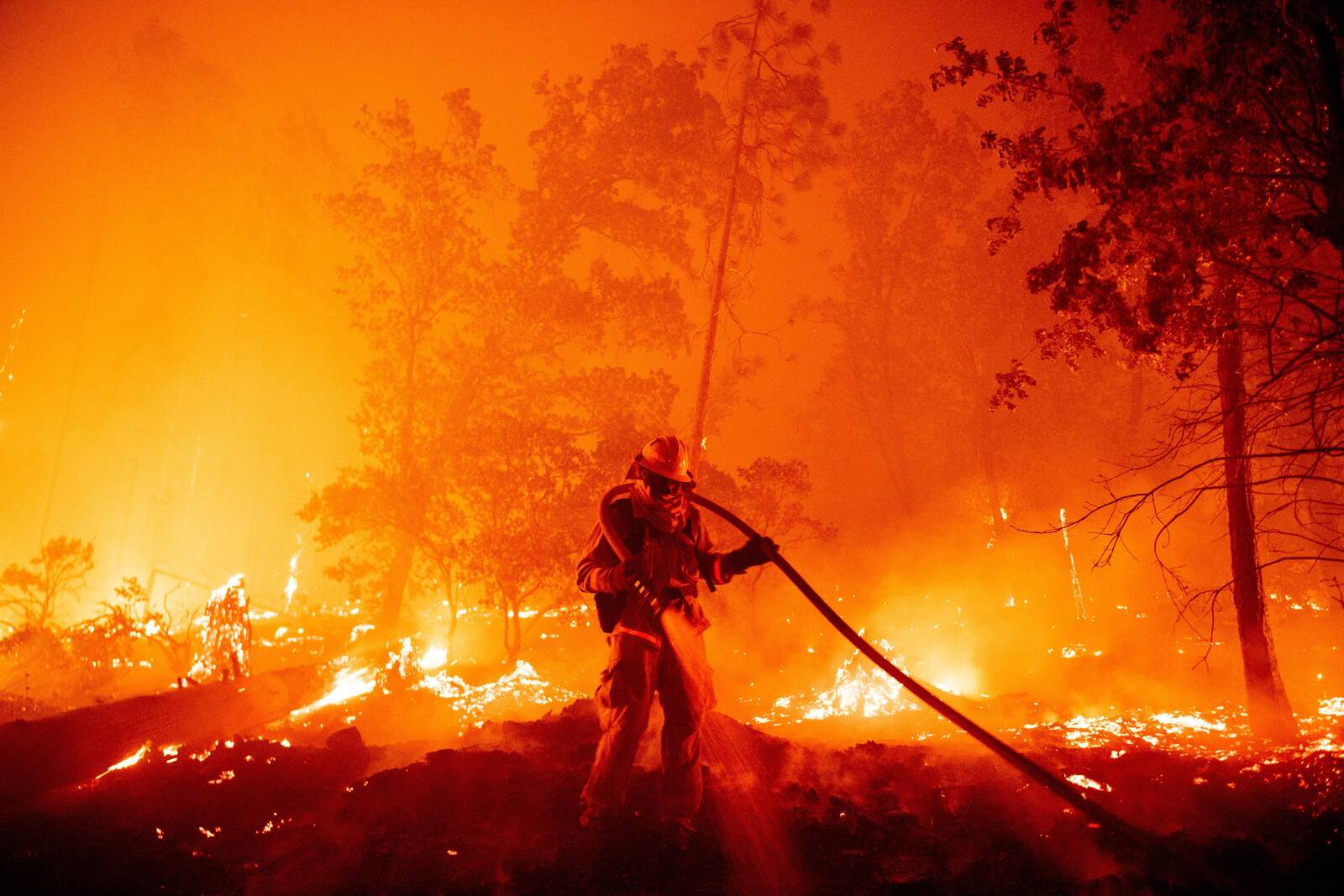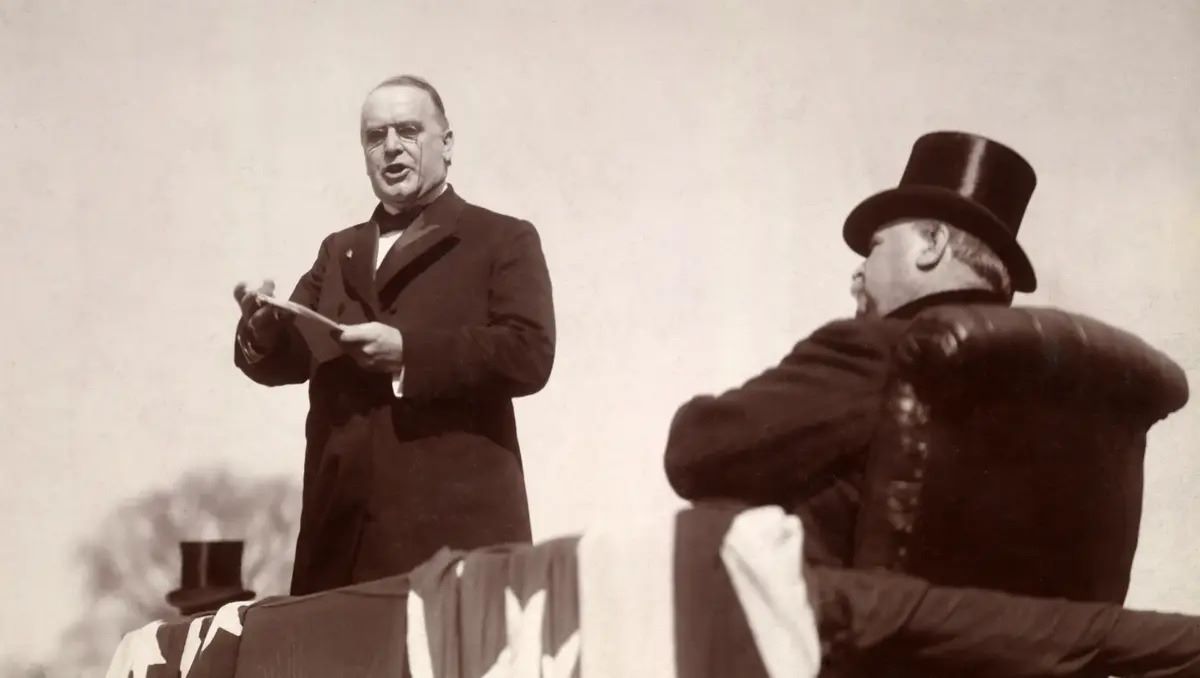
The Wallow Fire, one of the largest wildfires in Arizona's history, captivated the nation's attention with its sheer magnitude and devastating impact. Spanning over 538,000 acres, this natural disaster wreaked havoc on the pristine landscapes of eastern Arizona and western New Mexico. The fire, which ignited in May 2011, raged for over a month, leaving a trail of destruction in its wake.
As we delve into the 15 Wallow Fire facts, we'll uncover the environmental, ecological, and human implications of this catastrophic event. From its origins to the aftermath, this article aims to shed light on the profound effects of the Wallow Fire and the remarkable resilience of the natural world in the face of adversity. Join us on this journey to gain a deeper understanding of the Wallow Fire and its far-reaching consequences.
Key Takeaways:
- The Wallow Fire, one of Arizona’s largest wildfires, devastated the environment and communities in 2011, highlighting the need for proactive wildfire management and environmental conservation.
- The Wallow Fire’s enduring legacy emphasizes the resilience of communities, the importance of environmental stewardship, and the regenerative potential of natural landscapes in the face of adversity.
The Wallow Fire, One of the Largest Wildfires in Arizona's History
The Wallow Fire, which occurred in 2011, holds the dubious distinction of being one of the largest wildfires in the history of Arizona. This devastating natural disaster ravaged vast expanses of land, leaving a lasting impact on the environment and local communities. The fire's origins, rapid spread, and the subsequent efforts to contain it offer a compelling narrative that underscores the immense power and destructive potential of wildfires.
The Fire's Start and Rapid Spread
The Wallow Fire ignited on May 29, 2011, and quickly gained momentum, fueled by dry conditions, strong winds, and ample vegetation. It originated in the Bear Wallow Wilderness area near the White Mountains of eastern Arizona, close to the border with New Mexico. The fire's rapid spread was exacerbated by the rugged terrain and challenging accessibility, posing significant obstacles for firefighting efforts.
The Impact on Wildlife and Ecosystems
The Wallow Fire's extensive reach had a profound impact on the region's diverse wildlife and delicate ecosystems. The destruction of habitats and vegetation caused widespread displacement of various species, disrupting the natural balance and posing long-term challenges for ecological recovery. Additionally, the loss of vegetation and trees had far-reaching consequences for soil stability and watershed dynamics, further compounding the environmental repercussions of the fire.
Evacuations and Community Response
As the Wallow Fire continued to advance, mandatory evacuations were implemented in several communities, affecting residents and businesses in the fire's path. The rapid and unpredictable nature of the fire prompted a swift and coordinated response from emergency services, volunteers, and local authorities. The collective efforts to ensure the safety of residents and mitigate the fire's impact exemplified the resilience and solidarity of the affected communities.
The Role of Firefighters and Emergency Services
The containment of the Wallow Fire demanded a herculean endeavor from firefighters and emergency services. Their unwavering dedication, expertise, and valor were instrumental in confronting the formidable blaze and safeguarding lives and property. The arduous battle against the fire underscored the extraordinary commitment and sacrifices made by the firefighting personnel, who worked tirelessly under perilous conditions to bring the inferno under control.
Environmental Aftermath and Rehabilitation Efforts
Following the containment of the Wallow Fire, the affected areas bore the scars of widespread devastation, necessitating extensive rehabilitation and restoration initiatives. Efforts to rehabilitate the land, promote reforestation, and support the recovery of wildlife habitats became pivotal priorities in the aftermath of the fire. The enduring commitment to environmental stewardship and rejuvenation reflected a collective determination to heal the land and foster its regeneration.
The Wallow Fire's Legacy and Ongoing Vigilance
The Wallow Fire left an indelible mark on Arizona's landscape and communities, serving as a poignant reminder of the formidable impact of wildfires. Its legacy underscores the imperative of proactive measures to prevent and mitigate the risk of wildfires, emphasizing the importance of public awareness, forest management, and preparedness in safeguarding against future conflagrations. The enduring vigilance and resilience displayed in the wake of the Wallow Fire stand as a testament to the unwavering spirit of those who confronted this formidable natural disaster.
The Human and Ecological Toll
The Wallow Fire's staggering scale and intensity exacted a profound human and ecological toll, underscoring the far-reaching ramifications of wildfires. The displacement of wildlife, destruction of habitats, and the upheaval experienced by communities highlighted the interconnectedness of human and environmental well-being. The aftermath of the fire prompted a collective reflection on the imperative of sustainable coexistence with nature and the imperative of fostering resilience in the face of natural calamities.
The Wallow Fire's Environmental Impact
The environmental impact of the Wallow Fire reverberated across the region, leaving a lasting imprint on the delicate balance of ecosystems and the vitality of natural landscapes. The loss of vegetation, soil erosion, and disruptions to watershed dynamics posed formidable challenges to the ecological equilibrium, necessitating concerted efforts to mitigate the fire's enduring repercussions. The imperative of environmental stewardship and rehabilitation emerged as a pivotal focus in the wake of the fire, guiding endeavors to restore the land and nurture its recovery.
The Wallow Fire's Enduring Lessons
The Wallow Fire engendered enduring lessons that resonate with the imperative of proactive wildfire management, environmental conservation, and community resilience. Its impact underscored the critical importance of forest stewardship, fire prevention measures, and the cultivation of a shared ethos of environmental guardianship. The lessons drawn from the Wallow Fire continue to inform strategies for wildfire preparedness and response, shaping a collective commitment to safeguarding landscapes and communities from the ravages of future wildfires.
The Wallow Fire's Environmental Rejuvenation
In the aftermath of the Wallow Fire, a concerted focus on environmental rejuvenation and rehabilitation emerged as a cornerstone of the recovery efforts. Reforestation initiatives, habitat restoration, and soil conservation measures became integral components of the comprehensive endeavor to revitalize the landscapes affected by the fire. The enduring commitment to environmental rejuvenation reflected a resolute dedication to nurturing the land back to vitality and fostering the resurgence of diverse ecosystems.
The Wallow Fire's Commemoration and Reflection
The commemoration of the Wallow Fire serves as a poignant opportunity for reflection on the resilience of communities, the valor of firefighters, and the imperative of environmental stewardship. It stands as a testament to the enduring spirit of those who confronted the fire's formidable fury and rallied together in its aftermath. The commemoration of the Wallow Fire embodies a collective commitment to honoring its legacy, drawing inspiration from the challenges surmounted, and fostering a shared ethos of environmental vigilance and preparedness.
The Wallow Fire's Impact on Community Solidarity
The Wallow Fire galvanized a profound sense of community solidarity, as residents, emergency responders, and volunteers rallied together in the face of adversity. The collective response to the fire exemplified the resilience and unity of the affected communities, underscoring the strength derived from mutual support and shared determination. The enduring bonds forged in the crucible of the Wallow Fire continue to resonate as a testament to the unwavering spirit of solidarity and compassion.
The Wallow Fire's Environmental Resilience
The Wallow Fire prompted a profound testament to the resilience of natural landscapes and the enduring capacity for environmental rejuvenation. The regenerative potential of the affected ecosystems, coupled with the steadfast commitment to rehabilitation, underscored the intrinsic resilience of the land in the wake of adversity. The environmental resilience demonstrated in the aftermath of the fire serves as a testament to the enduring vitality of natural landscapes and the collective dedication to nurturing their resurgence.
The Wallow Fire's Enduring Legacy
The enduring legacy of the Wallow Fire embodies a testament to the resilience of communities, the valor of firefighters, and the imperative of environmental stewardship. Its impact reverberates as a poignant reminder of the formidable power of wildfires and the enduring spirit of solidarity that surges in their wake. The enduring legacy of the Wallow Fire stands as a testament to the unwavering commitment to safeguarding landscapes, fostering environmental rejuvenation, and cultivating a shared ethos of resilience in the face of natural calamities.
Conclusion
In conclusion, the Wallow Fire was a devastating event that significantly impacted the natural environment, wildlife, and local communities. The fire's immense scale and intensity underscore the importance of proactive measures to prevent and mitigate such disasters. By raising awareness about the causes and consequences of wildfires, we can foster a deeper appreciation for nature and promote sustainable practices that safeguard our precious ecosystems. Through collaborative efforts in conservation, reforestation, and fire management, we can work towards restoring the affected areas and building resilience for the future.
FAQs
What were the primary causes of the Wallow Fire?
The Wallow Fire was primarily caused by human activities, including an unattended campfire and the burning of debris. These ignition sources, combined with dry weather conditions, facilitated the rapid spread of the fire.
How did the Wallow Fire impact the local wildlife?
The Wallow Fire had a profound impact on the local wildlife, leading to habitat destruction and displacement of numerous species. The loss of vegetation and shelter, as well as the disruption of food sources, posed significant challenges for the survival and well-being of wildlife in the affected areas.
Was this page helpful?
Our commitment to delivering trustworthy and engaging content is at the heart of what we do. Each fact on our site is contributed by real users like you, bringing a wealth of diverse insights and information. To ensure the highest standards of accuracy and reliability, our dedicated editors meticulously review each submission. This process guarantees that the facts we share are not only fascinating but also credible. Trust in our commitment to quality and authenticity as you explore and learn with us.


